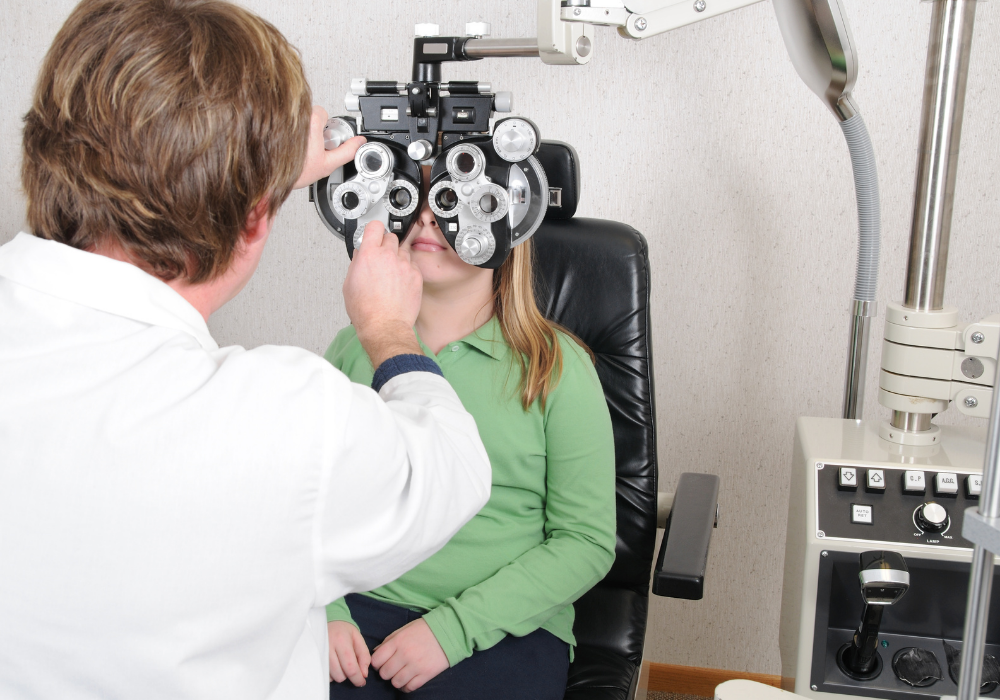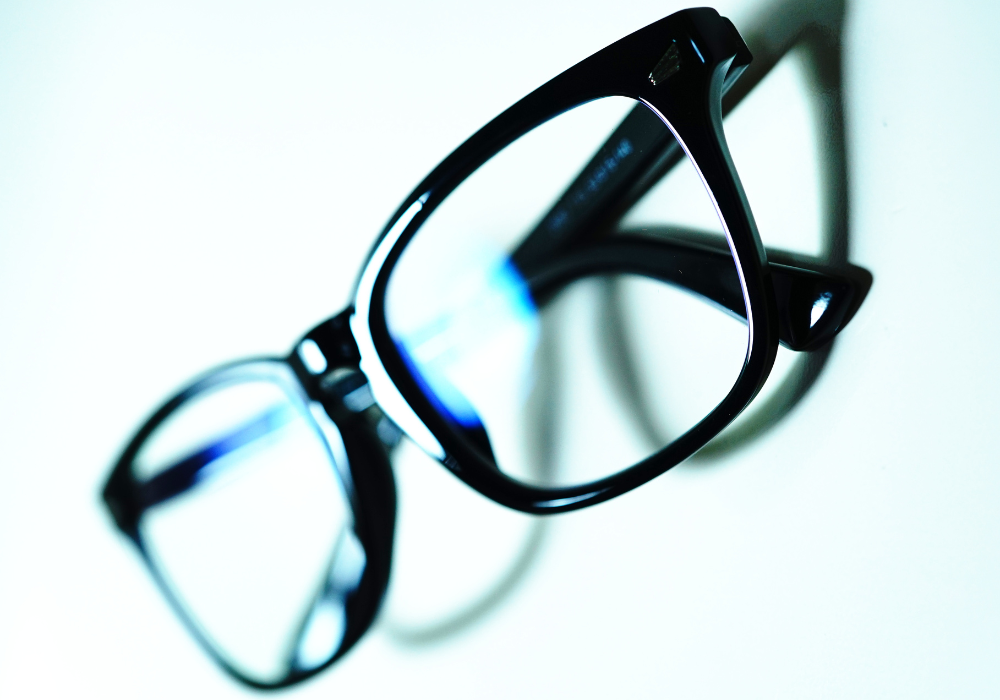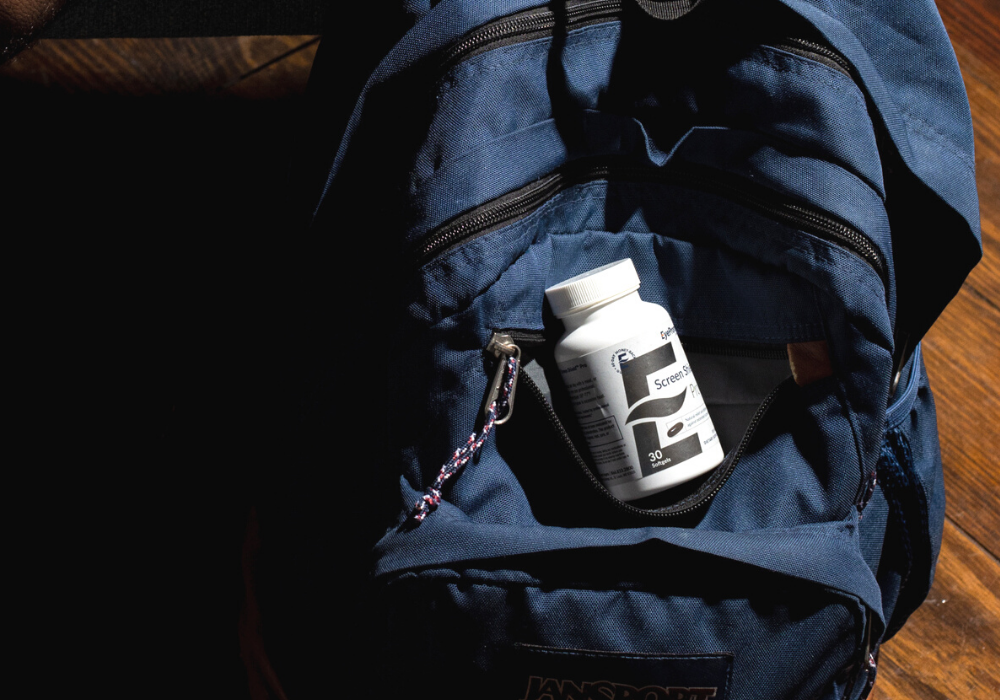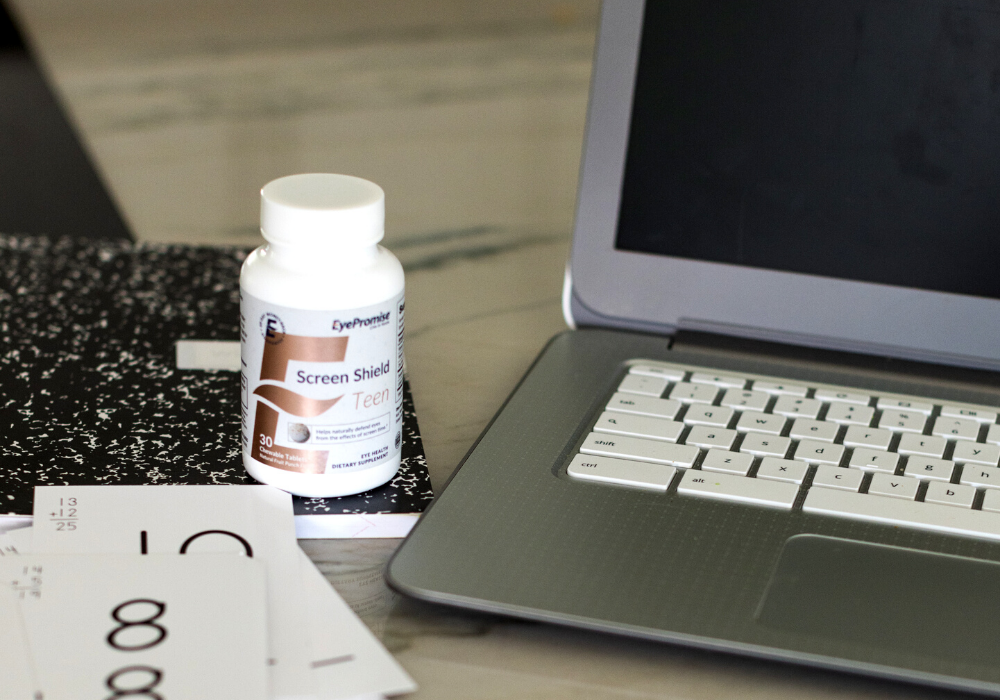Kids Experience Digital Eye Strain Sooner Than You Think
Posted by EyePromise on Aug 4th 2022
With the start of the school year just around the corner, many students, young and old, will need to increase their daily screen time. While this increase is unavoidable, new research shows that it only takes one hour of screen use to cause digital eye strain. One hour is barely enough time for some kids to complete homework, much less the eight hours spent in the school itself that could potentially have screen use. So, here’s what you can do to help your patients.
The Research

Researchers in Australia wanted to test the average screen time duration before ocular symptoms like eye strain or fatigue occur. Studying children ages 6 to 15 years old, they determined that just one hour of digital screen use, specifically smartphones, caused eye dryness, discomfort, and tiredness.
This eye dryness and discomfort could be linked to the lower blink rates, which were reduced by over half, and/or the longer interblink intervals, which increased threefold. While these are troubling numbers specifically in terms of occasional dry eye, researchers determined that the tear film was not directly impacted in this short timeframe. However, long-term effects to the tear film are still unknown, but it’s thought that blue light exposure over time can cause vision-threatening damage to the eyes.
The Solution

While the obvious solution is moderation and shorter windows of screen usage, sometimes, that’s just not an option for patients. You can offer this helpful screen time recommendations chart to give them specific recommendations of screen time use by age, but they need protection while using screens. Blue light glasses are often patients’ first thought when protecting their eyes from screens, but these glasses only block 20% of blue light and their protection only lasts as long as they’re worn.
24/7 Blue Light Protection
Science has proven that patients can increase their internal blue light protection (aka: their macular pigment optical density or MPOD) by taking an eye health nutraceutical. EyePromise® is the only line of ocular nutraceuticals proven to increase MPOD in 6 months. In terms of screen time, the EyePromise Screen Shield™ line is specifically formulated to address the symptoms related to computer vision syndrome.
EyePromise Screen Shield Pro is a one-a-day softgel made with high-quality, natural ingredients like dietary zeaxanthin and lutein, bilberry, and Omega-3s to help reduce blue light’s effect on the eyes. Crafted for adults ages 18 and up, it’s a perfect solution for college students or those with professions that require them to spend 2 or more hours on a screen.

Another one-a-day dose, EyePromise Screen Shield Teen is a fruit punch-flavored chewable tablet with a simplified formulation. Designed by eye care experts for children ages 4 to 17 years old, this nutraceutical has ingredients parents will recognize and is GMO, gluten, and sugar free.

Both nutraceuticals offer long-term protection against harmful blue light produced by screens and the sun, so patients are covered regardless of the source.
Although screen time may be unavoidable this year, it doesn’t mean your patients should go on unprotected. Offer EyePromise Screen Shield as their defense and help them ward off those digital eye strain symptoms. Learn more about how Screen Shield can protect the eyes.

